
John Bazalgette is an Honorary Fellow, of the Grubb School of Organisational Analysis. Read his thoughts on Leadership.
When leading thinking makes horse sense
Think-piece 1
There is a leadership development course run in Iceland which is built around the recognition that horses pick up those silent messages that leaders are almost entirely unaware they are conveying.
Horses are naturally social beings, they gain pleasure from collaborating, not only with other horses but also with human beings. Why else would they let people get on their backs and go jumping over fences in competition with one another? Would you? You’d want to have full confidence in the person trying to gain an unusual relationship with you: so does the horse.
Sensibly, when the horse senses the latent lack of confidence a person is experiencing and the underlying confusion about what that person is actually asking to be done, they refuse to cooperate. They pick up the poor level of thinking of the person trying to lead them. So the horse will either stand still or it will walk away and get on with something it would prefer to do. If the person tries to cover up the emotional realities and their confused thought processes, the horse still realises that it doesn’t make sense to do what is demanded and it still won’t collaborate. The Icelandic leadership course is based on the evidence that a horse will seek to avoid doing something that it is being forced to do unless it feels confident that it can trust the unspoken intentions of the human being trying to lead it. Those wishing to be more effective leaders, and especially leading the thinking of others, are given opportunities to understand more about themselves personally, their thought processes and the messages they are actually communicating without knowing it.
In leading human organisations in changing contexts, indeed in turbulent contexts, this ‘unspoken language of leadership’ is especially in play, affecting how colleagues can grasp how to think about giving leadership and to take into account how that is impacting on others. So what is required is the courage to expose one’s thinking to others.
In past decades, there have been lengthy inquiries and good explorations about thinking that leads to effective leadership in education. Some of the key focal points of this research and inquiry within the FE sector are on the leadership of learning, pedagogy and entrepreneurship.
This work highlights the quality of thinking needed to offer leadership to create high-performance cultures, which then permeate whole systems. In complex organisations, cultural change takes time – two to four years is typical. Just trying to think in the same old ways but doing it more ‘efficiently’ only yields the ‘same old, same old’ results – maybe a bit more efficiently! The changed world calls for fundamentally different concepts, leading to different behaviours which then yield different results. Key amongst these powerful concepts are ‘purpose’, ‘boundary management’, ‘power’, ‘authority’, ‘accountability’, ‘role’, ‘system’, ‘person’, and many others.
The evidence is that changing contexts demand shared thinking, co-creation and working collectively from new paradigms, delivered from the heart by excellent leadership teams. This shared thinking can then engage all the members of their organisation in changing the organisation’s impact upon its context. In places of education, where learning to think creatively, is placed at the centre of attention, in addition to acquiring skills and knowledge, then staff and students become mutual learners, with full confidence in what the college or school leaders have in mind. Consequently performance is transformed. Just as the horse knows intuitively whether or not the person trying to lead it knows what they are doing and has a real interest in developing a collaborative relationship, so students and staff in a college or school experience that interest deeply in their own bones.
This means that the leadership of a school or college needs to generate a culture of profound self-awareness and reflection, evident in the thought processes of every person in it. Learning to think is risky and is built around a deep seated sense of trust that those who take executive roles are not looking for blind obedience and compliance, but that they yearn for willing, thoughtful collaboration and a shared achievement in tasks that everyone can be proud of. This comes about by learning to think both for oneself and also in collaboration with others, replacing the tendency to comply, which can then get built into the DNA of the organisation and present in every part of the whole: some would want that everyone learning to think like that manifests the true ‘spirit’ or the ‘soul’ of that organisation. Just as with horses, this is something that is sensed intuitively both by the persons offering leadership and by those who long to be effective respondents to that leadership, both in the verbal and the silent languages of leadership.
But we now need to take that principle further. The challenge is not limited to one ‘leader’ and one ‘horse’. The truth is that leaders of organisations are exposed to the market, political and economic forces at work around them. Their institutional performance is resourced from the organisational context (which is more than a ‘market) and is judged against multiple parameters set by those who create that context. To the extent that leaders are clear about their own thinking, confident inside themselves that those political leaders and government officers have a similar desire to see what this new thinking can create, organisational leaders can give themselves willingly to their tasks. This is especially true where leadership is recognised as coming from every part of the organisation. Where executive leaders sense that some other, silent and undeclared purpose underlies what is being sought, they will experience the same temptation as the horse faces. They experience the hidden message in the ‘silent language’ cannot be trusted. As the response of the horse is to stand stubbornly still or to walk away, so when organisational leaders face this ‘silent language’, they face similar temptations. The challenge is to transform the demand made of them, using their ‘horse sense’ to winnow out what they can authentically convey to their colleagues. That means that they need the courage to share their thinking, ensuring that resistant ‘horse sense’ does not seep into their own organisation. Accountable leaders cannot accept the unresponsive culture – nor a subversive one – which has actually been brought about by their own lack of attention to transforming the ‘silent language of leadership’ into words and articulated thoughts which lead to effective organisational action.
Of course, a horse can’t talk. It conveys its message in the silent language of resistance which may, if pushed too far, even become aggressive. Humans can talk, conceptualise and communicate. They use the resources of human thought and language to reveal common ground and build a sense of shared purpose.
What human beings are good at is communicating person to person. We ‘sus’ things out, duck and dive in order to find ground on which we can personally agree and collaborate. What we are not good at is communicating across boundaries between groups and institutions, especially large ones. Here leaders get muddled as they speak on behalf of others, trying to be understood and to understand. In running organisations we need a more developed level of thinking than ‘horse sense’, though we can’t do without that. We need the language to express the thinking so that we can work collaboratively.
Inter-institutional relations demand an intuitive sense from everyone. Without this sophisticated thought leadership, inter-institutional relations are risk becoming solely power-based, the whips come out, collaboration and cooperation are lost and whole systems become permeated with a culture of domination. Our unique human capacity is to use imagination and language to transform turbulent situations into creative and fruitful ones. When insightful leadership becomes lost, we revert to being herd animals, intent on survival rather than more developed, thoughtful behaviour. If I only behave like a herd animal, those I lead and engage with will respond as herd animals. One risk is that those I need to work with may feel they belong to a different herd from mine. And that is in no way the road to organisational collaboration and high performance.



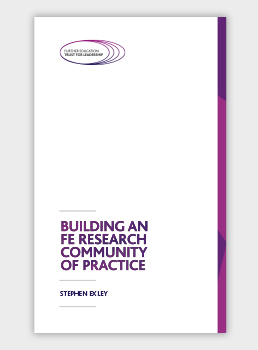

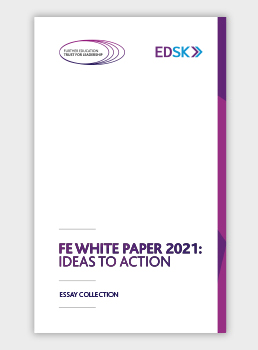




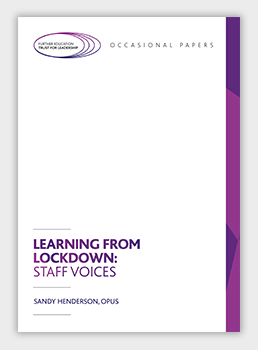











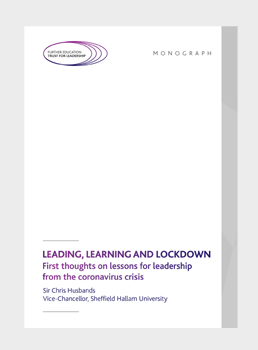
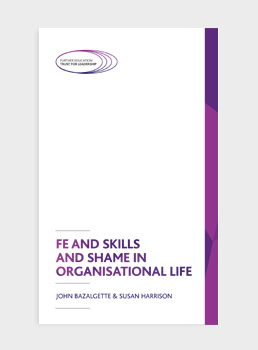
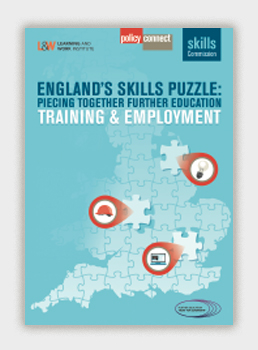



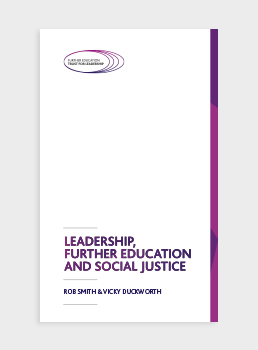

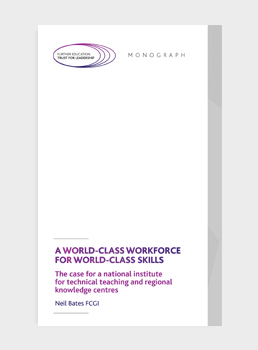

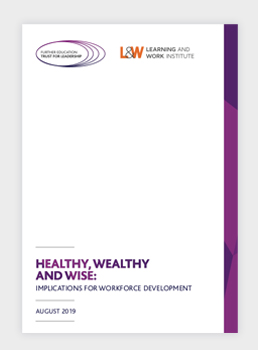






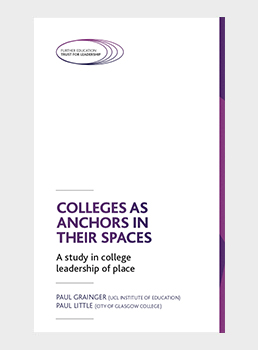




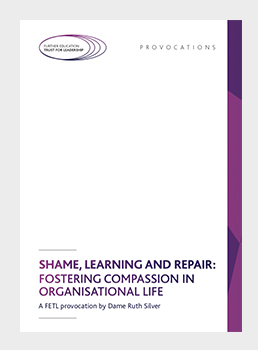
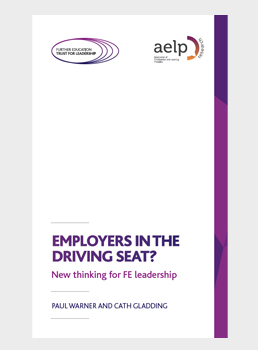

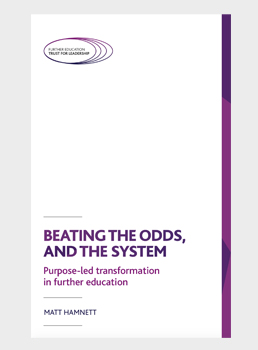
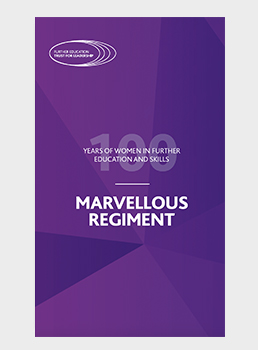
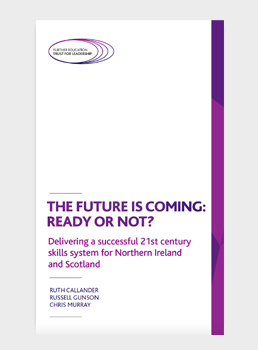

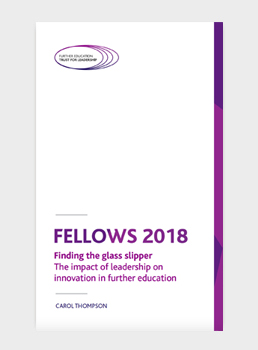













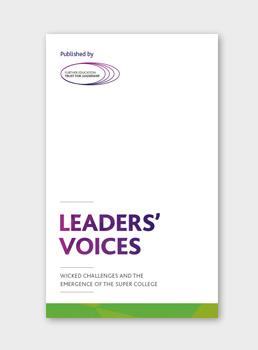

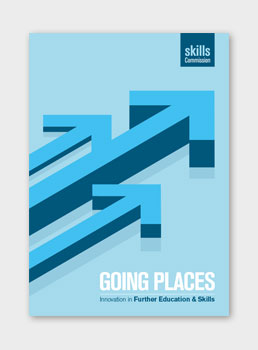


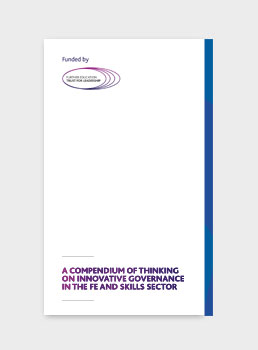


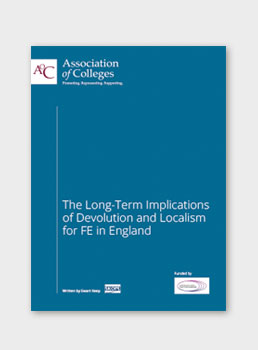

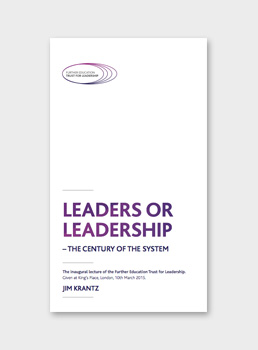
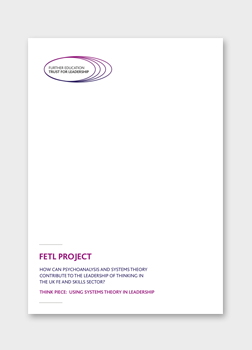
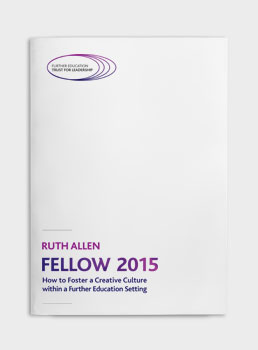
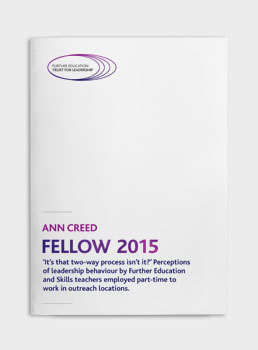
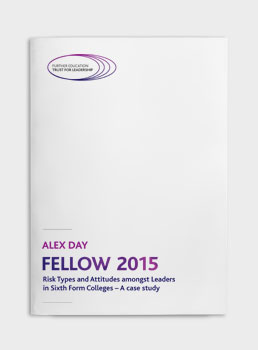

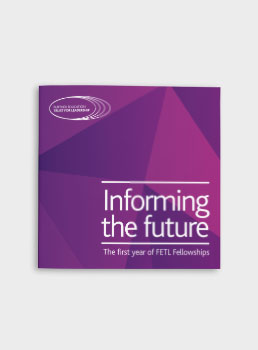



I’m writing on this topic these days, totosite, but I have stopped writing because there is no reference material. Then I accidentally found your article. I can refer to a variety of materials, so I think the work I was preparing will work! Thank you for your efforts.